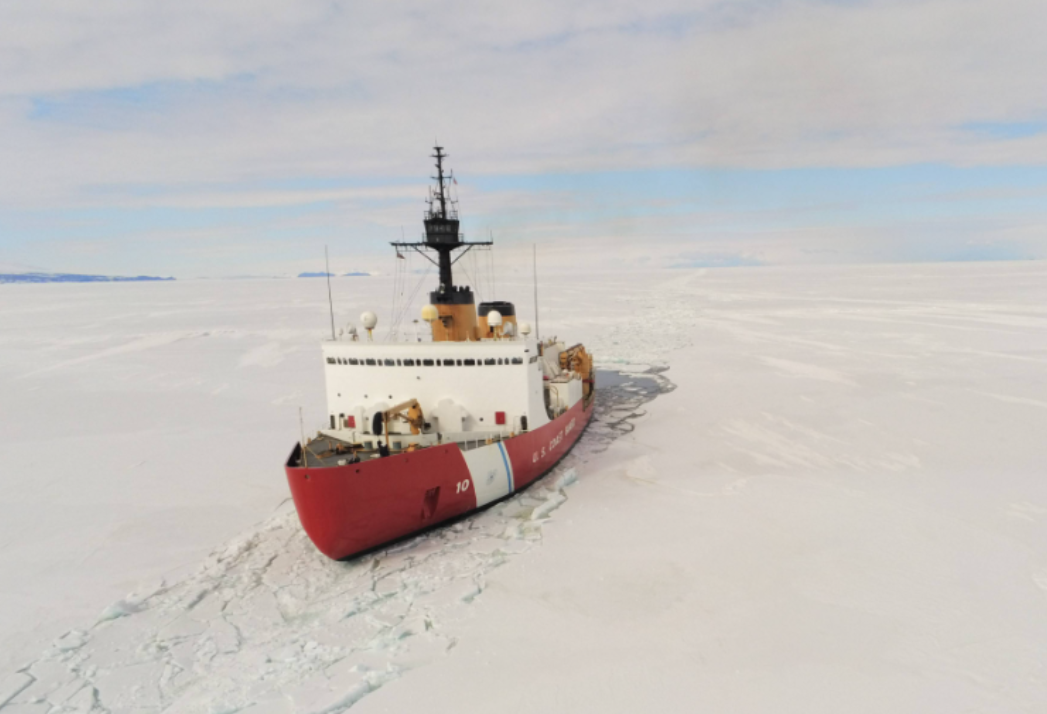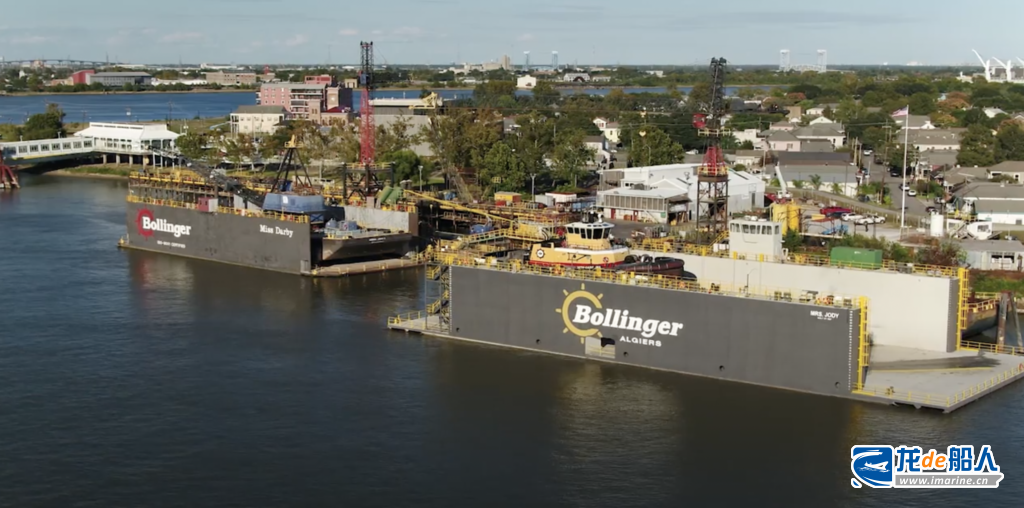On July 4, US President Trump officially signed the One Big Beautiful Bill Act, and based on the bill, allocated $8.616 billion to the US Coast Guard to expand the icebreaker fleet. The funds are specifically divided into:
- $4.3 billion for up to three new heavy-lift Coast Guard polar security cutters;
- $3.5 billion for medium Arctic security cutters;
- $816 million to procure additional light and medium icebreaker cutters.
According to an August 2024 estimate by the Congressional Budget Office (CBO), the US Coast Guard’s proposed three new security cutters are expected to cost US$5.1 billion (in 2024 dollars), which is about 60% higher than the Coast Guard’s estimate.

It is worth noting that the above-mentioned investment of over US$8.6 billion in icebreaker fleets is part of the US Coast Guard’s nearly US$25 billion investment under the One Big Beautiful Bill Act, which is the largest single funding commitment in the history. The aim is to strengthen the US Coast Guard’s operational capabilities and support its role as the nation’s leading drug interdiction and maritime border security force.
The nearly US$25 billion investment will enable the US Coast Guard to procure approximately 17 icebreakers, 21 patrol ships, more than 40 helicopters, and six C-130J transport aircraft, as well as modernize shore-based infrastructure and maritime surveillance systems. It will also enhance the US Coast Guard’s capabilities to combat drug and human trafficking, conduct search and rescue operations, improve navigation safety, and promote maritime trade. Key highlights of the US$25 billion investment include:
- US$4.4 billion for shore-based infrastructure, training facilities, and home ports;
- US$4.3 billion for polar security patrol ships;
- US$4.3 billion for nine new offshore patrol ships;
- US$3.5 billion for three Arctic security patrol ships;
- US$2.3 billion for more than 40 MH-60 helicopters;
- US$2.2 billion for depot-level maintenance to maintain combat readiness;
- US$1.1 billion for six new HC-130J aircraft and simulators;
- US$1 billion for rapid response patrol ships;
- US$816 million for light and medium icebreaker patrol ships;
- US$266 million for long-range unmanned aerial systems;
- US$170 million for maritime domain awareness, including next-generation sensors;
- US$162 million for three inland commercial patrol ships.
As climate change causes polar ice caps to shrink, the Arctic Ocean is increasingly being viewed as a trade route connecting the Pacific and Atlantic Oceans with major economies. To accelerate the construction of urgently needed ultra-low icebreakers, the US, Canada, and Finland announced in July 2024 the signing of a trilateral agreement named the “ICE Pact,” aiming to build 70 to 90 icebreakers over the next decade to “project power into the Arctic region” and enforce international norms and treaties.
In addition, Trump has repeatedly called for the US to purchase up to 40 new icebreakers to enhance national security in the Arctic region, with the aim of helping businesses solve logistics problems and keeping supply lines open for potential oil, natural gas, and mineral development in this harsh and cold region.
According to reports, Canadian shipbuilding group Davie is a potential shipbuilder for the new US icebreaker project. The group announced in June that it plans to acquire the shipbuilding assets of Texas-based ship repair and manufacturing company Gulf Copper & Manufacturing Corp, with the aim of entering the US icebreaker market.
According to the agreement, Davie will acquire the shipbuilding assets of Galveston and Port Arthur from Gulf Cooper. Both shipyards are equipped with two dry docks with dock shorelines of approximately 1,219 meters and 305 meters respectively. They mainly serve offshore oil and gas, marine transportation, petrochemicals and government agencies. Their business focuses include ship repair, offshore services and marine infrastructure.
After the acquisition, Gulf Copper will join the Inocea Group, which consists of Davie and Helsinki shipyards, and will invest US$1 billion to upgrade and expand the shipyard facilities in Galveston and Port Arthur to build icebreakers for the US. Helsinki shipyard was acquired by Davie in November 2023. The shipyard is a world leader in icebreaker design and construction, and has built more than 50% of the world’s icebreakers.

In addition to Davie, Bollinger Shipyards, the largest private shipbuilding/repair company in the US, and Edison Chouest Offshore (ECO) are also optimistic about the US icebreaker market. In May this year, the two parties announced the establishment of the United Shipbuilding Alliance (USA), with the aim of accelerating the design, construction, and delivery of a new generation of icebreakers that directly meet the emergency operational needs of the Arctic region. Together, the two parties have a total of 33 operating shipyards and manufacturing plants.
Currently, Bollinger Shipyards is building the only fully funded heavy icebreaker in the US. It is worth mentioning that as early as August 2023, the shipyard that built this heavy polar icebreaker had begun cutting steel plates for some modules, but it was not until the end of last year that it was officially approved that it actually entered the construction phase. Due to “constant delays and cost overruns”, it may take 7-8 years for this type of icebreaker from the first steel cutting to completion and delivery.
Some US media outlets have reported that, in addition to US shipyards, Canada and Finland also have the opportunity to be responsible for building US icebreakers, but this requires a waiver from the US president so that the US Coast Guard can purchase ships from foreign shipyards.


